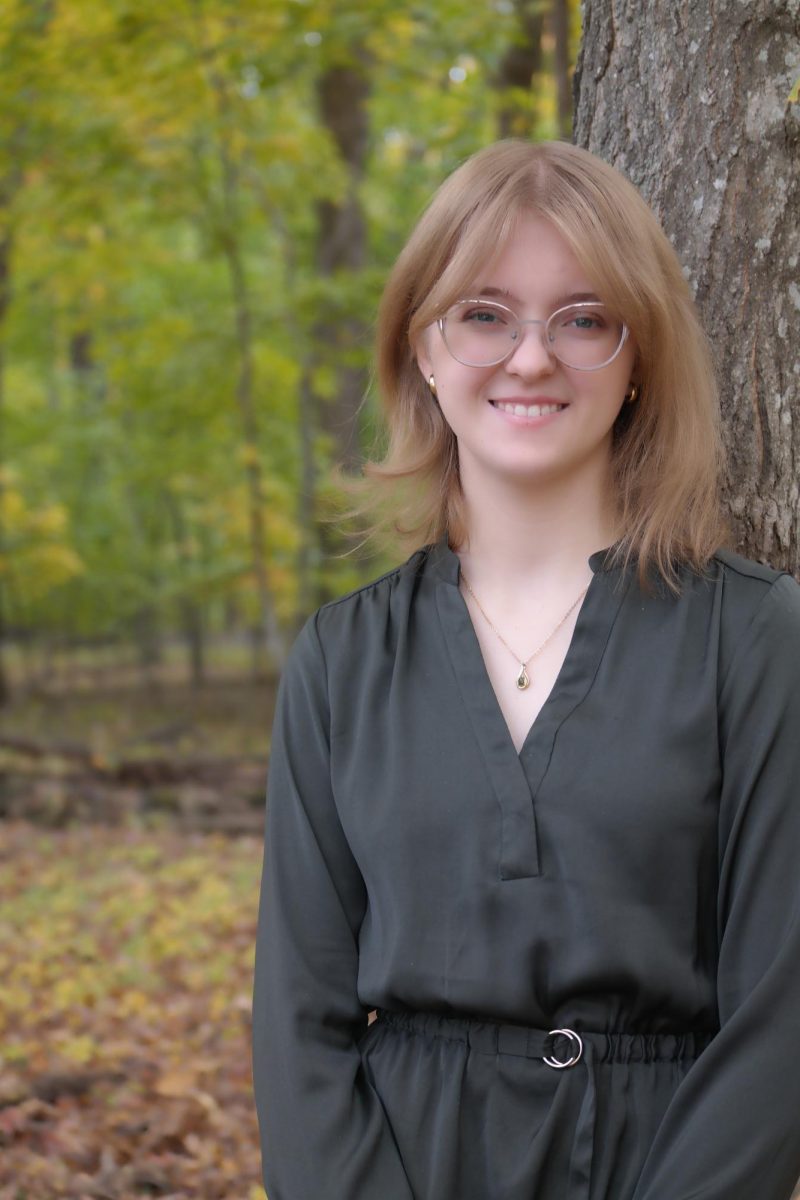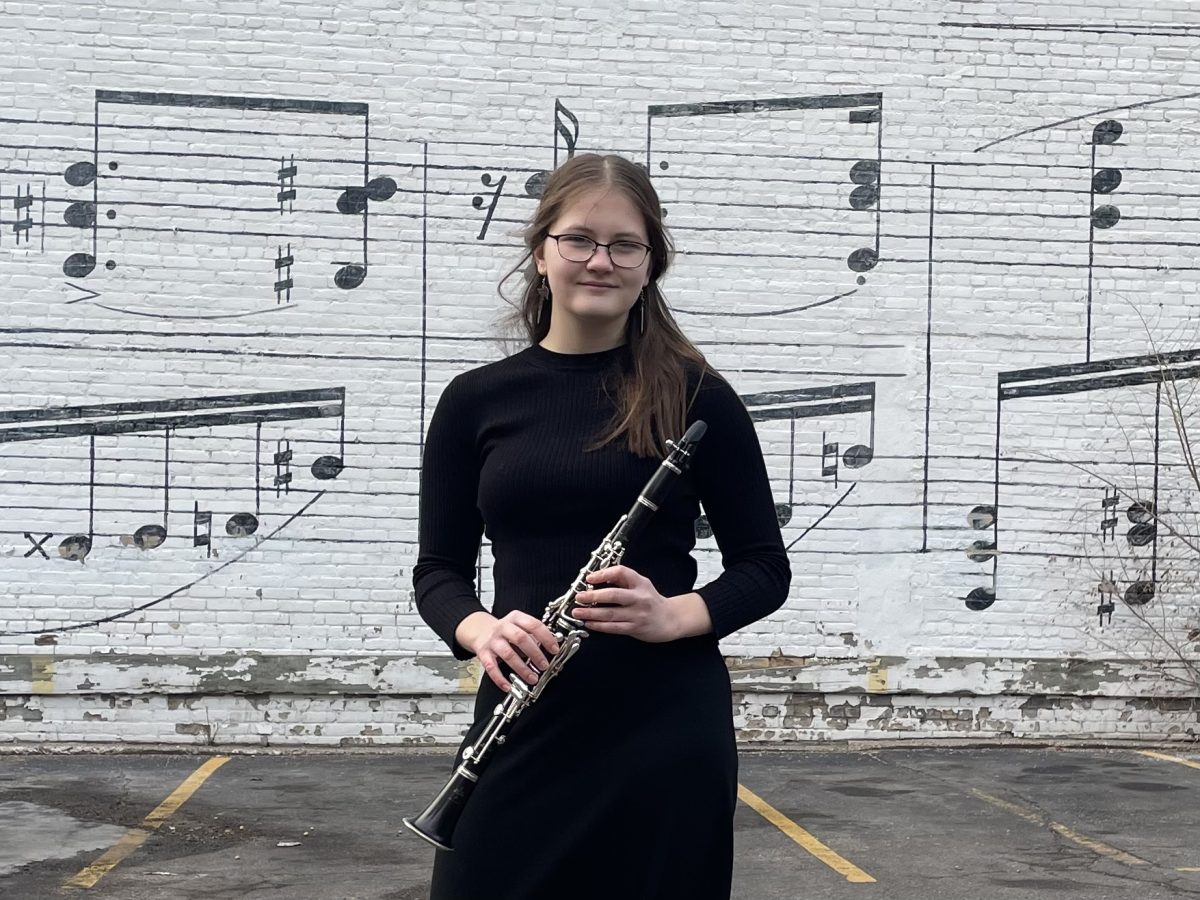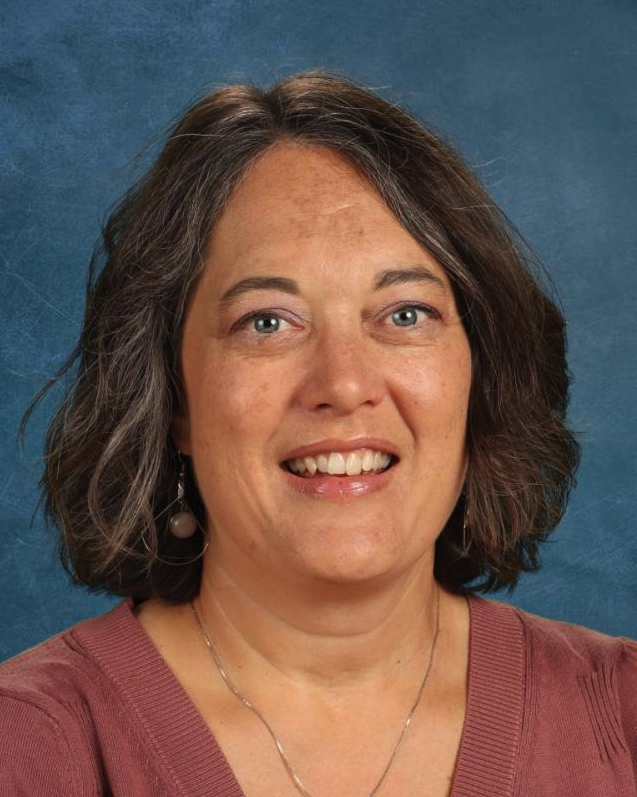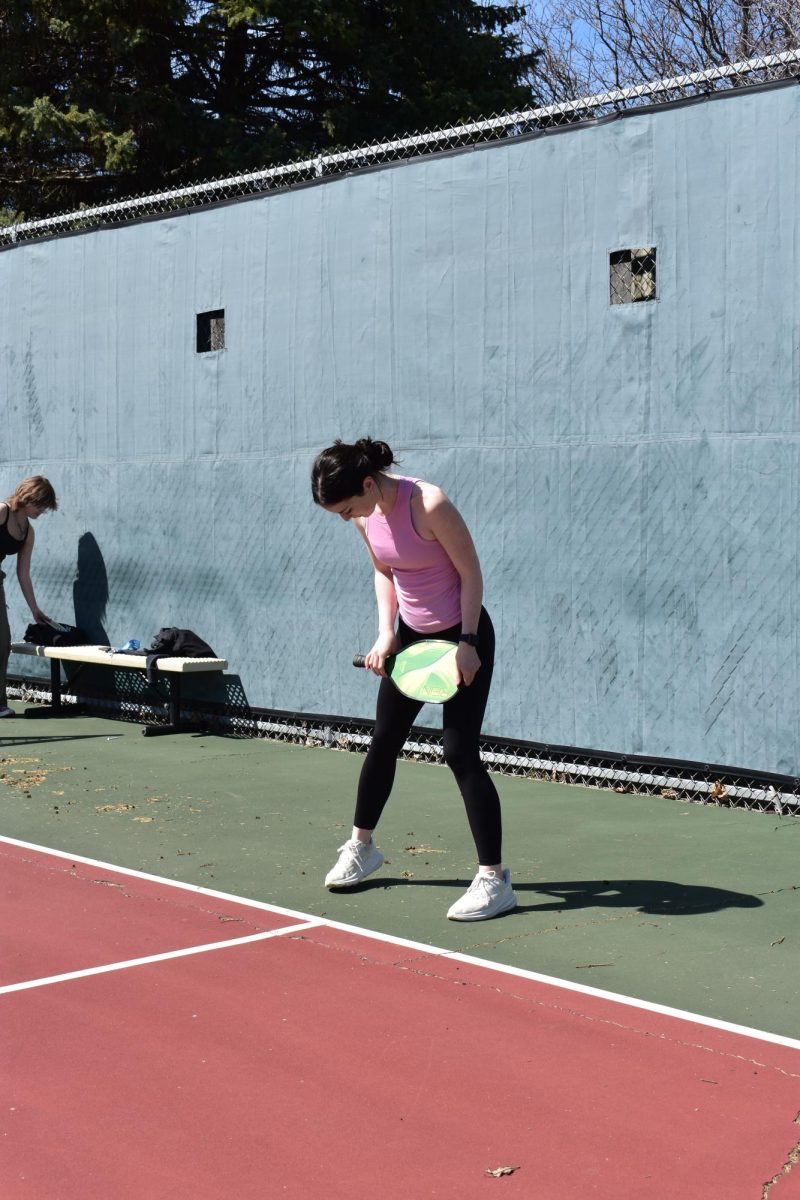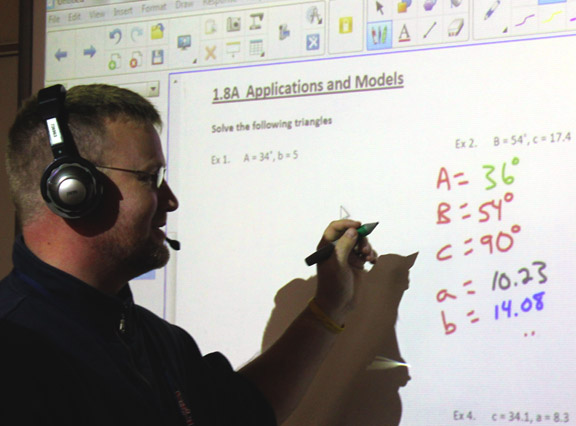
he muted sounds of notebooks slamming on desks is silenced. There are no low grumbles about how hard the math assignment was the night before. Instead, all students grab a handheld Student Response System, sit down and answer five questions on the board. When the last five questions are answered and automatically corrected by the Student Response System, smiles of victory is seen and groans of failure are heard.
This is a daily occurrence in the classroom of Albert Lea High School math teacher Bill Wietman. He has taken a different approach in teaching his trigonometry and algebra II students. It’s called the Flip Classroom.
Wietman first heard of the Flip Classroom at a Minnesota Council for Teachers of Mathematics conference. When he was told that about 40 percent of algebra two students had previously failed a math class, Wietman knew something needed to change. The Flip Classroom was his hope.
Every once in a while before school starts, Wietman can be seen in his empty room with a headset, writing on his Smart Board. While this may seem strange to a visitor, what Wietman is doing is recording videos he posts to his pages on Moodle and YouTube. These videos are then used by his students to learn their math lessons outside of school. When the students return to school the next day, all students, except for ones with a B or higher as a grade, have to take the five-point quiz, which counts as a homework grade.
There is no assigned homework. All homework is optional and not graded. For the rest of the class period, students can be seen watching their math lessons on phones, iPods/iPads or working on other homework. Wietman makes rounds across the classroom and answers any questions students have. At the end of the chapter, all students have to take the chapter test without notes. “It doesn’t work if students aren’t trying,” Wietman said.
There is no room for slacking in the Flip Classroom, according to Wietman. If the videos aren’t watched, it will impact grades as with not doing homework will in any class. In each class Wietman teaches, there are only about five F’s in each, which is still more than he would like. Wietman contributes these failures to students needing time to get used to the change.
“It’s different,” said junior Carol Lein. “It’s not the same as having someone to teach it to you in person.”
This notion was shared by many students.
“This is the time to learn,” said senior Dom Villarreal. “I shouldn’t have to go home to learn what I should have learned at school.”
The students of Albert Lea High School don’t just complain. They have suggestions, too. Some of the most popular suggestions were putting more points in the grade book so the homework quizzes don’t impact grades as much, going over notes in class and skimming the math lesson in class.
“Time. That’s all I need for students to get used to the change,” Wietman said.



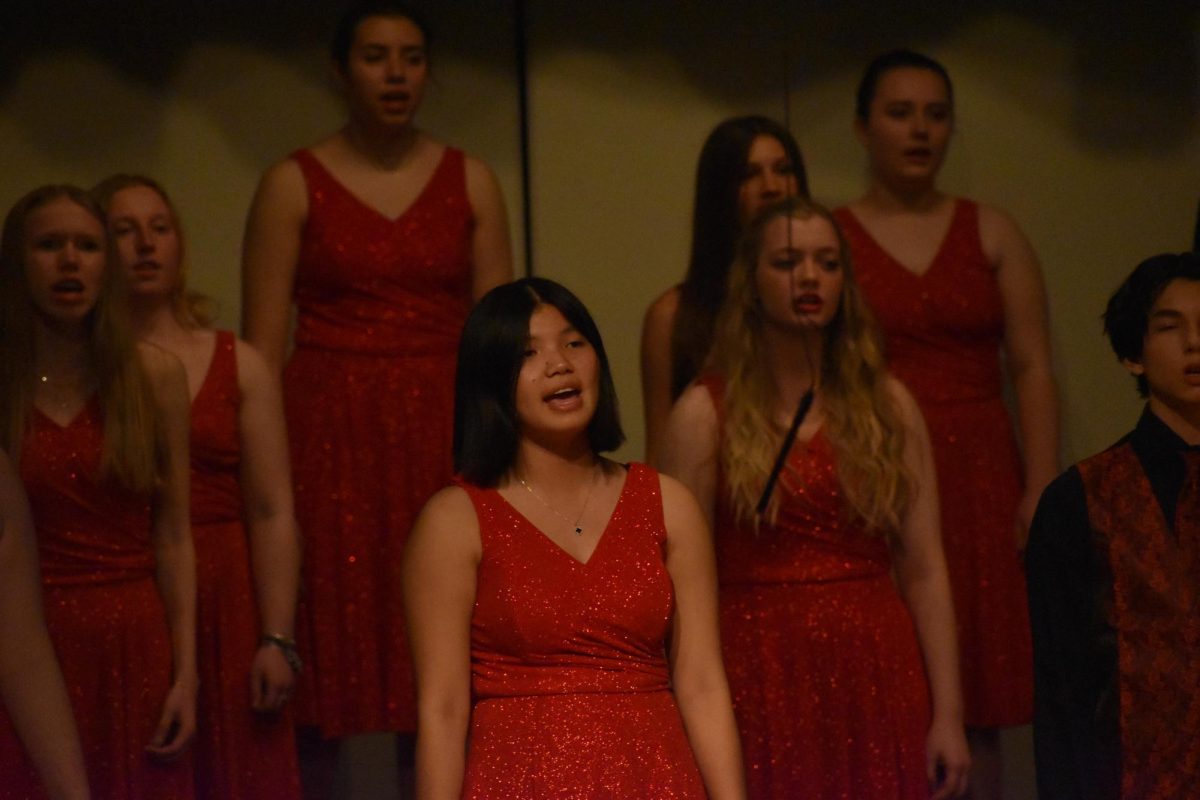


![At the pepfest on Feb. 13 the Winterfest Royalty nominees were introduced. There were two girls and two boys candidates from each grade. Royalty included Prince Axel Calderon (11), Jacob Miller (12), Princess Maya Fuller (11), Brecken Wacholz (10), Ethan Brownlee (9), Lord Given Saw (9), Lilly Elmer (9), Angela Buansombat (10), Queen Jenna Balfe (12), Hanna Austinson (11), Raegan Broskoff (8), Duchess Evalyn Holcomb (10), Jordyn Earl (8), and Lady Leighton Brenegan (9). Not pictured include: King Kaiden Baldwin-Rutherford (12), Piper Aanes (12), Blair Blake (11), Duke Kuol Duol (10), Thoo Kah (8) and Aidric Calderon (8). Student council member and Junior Prince Axel Calderon said, “It [the nomination] means that I’m kind of a student leader. I hopefully show younger kids what it means to be a part of the student council and lead the school.”](https://www.ahlahasa.com/wp-content/uploads/2025/03/front-page-1200x800.jpeg)


